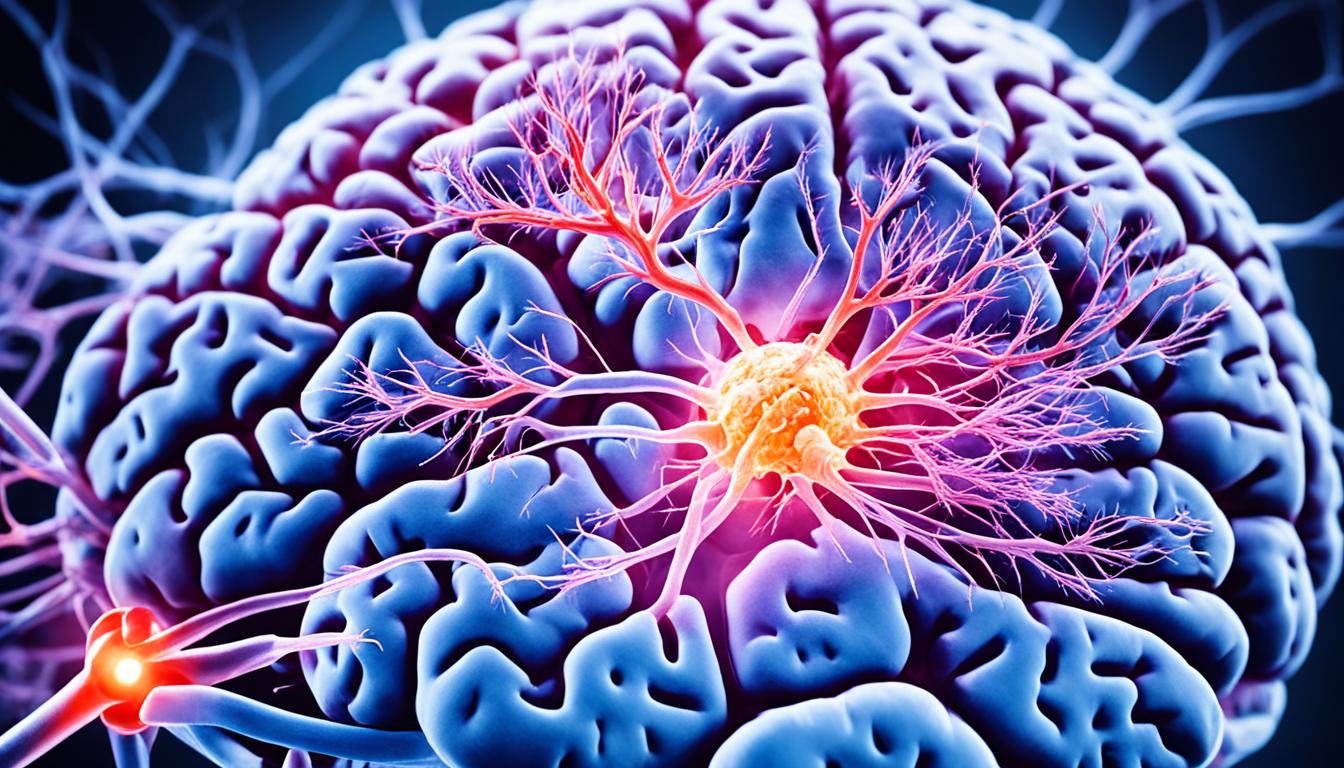Parkinson’s disease is a disorder that gets worse over time and affects how people move. It’s due to nerve cells breaking down in the substantia nigra, a brain area that manages motion. As these cells disappear, the brain makes less dopamine, causing symptoms like shaking, stiffness, slow movements, and trouble keeping balance.
The precise reasons behind Parkinson’s are still unclear. Scientists think it might link to damage from oxidation, toxins in the environment, genes, and getting older faster. Doctors diagnose it by looking at the symptoms someone shows, making sure it’s not some other brain condition.
While there isn’t a Parkinson’s cure yet, several drugs can make the symptoms less severe. Levodopa is a common choice because it boosts dopamine in the brain, easing some effects. Drugs called dopamine agonists and anticholinergics help too, targeting shaky hands, stiffness, and slow motion.
Stem cell therapy has hope in Parkinson’s treatment. It wants to use new cells to replace the damaged ones, maybe helping people move better and slowing the disease. But, this therapy is still in early testing. It’s not standard care everywhere or widely offered yet.
Key Takeaways:
- Parkinson’s disease makes it harder for patients to move over time.
- It comes from losing nerve cells, which drops dopamine levels and causes shaking and stiffness.
- The reasons for getting Parkinson’s aren’t fully understood, but things like environmental toxins and genes might play a role.
- Doctors confirm Parkinson’s by looking at symptoms and ruling out similar brain diseases.
- Drugs like levodopa and dopamine agonists are key in managing the disease’s effects.
Stem Cell Therapy for Parkinson’s Disease
Stem cell therapy is a new hope for those with Parkinson’s disease. It uses the power of stem cells to repair the body. This can slow down or even stop the disease’s advance.
Many trials aim to see if this treatment is safe and works for Parkinson’s. A phase 1 trial was promising. It showed that the participants could handle the treatment well.
The goal of stem cell therapy is to fix the brain cells that control dopamine. In doing so, it strikes at the core of Parkinson’s. While it’s not yet a full cure, studies suggest it could offer long-term help.
As we learn more through future studies, we might refine stem cell therapy. This could lead to big steps forward in treating Parkinson’s. Right now, this treatment is only for those in clinical trials. So, it’s wise to talk to your doctor before signing up for a trial.
Benefits and Challenges of Stem Cell Therapy for Parkinson’s Disease
Stem cell therapy brings a lot of promise. For Parkinson’s, it could mean these good things:
- It may bring back the brain cells that make dopamine. This could help with movement and lessen symptoms.
- It might also slow down the disease, providing lasting help.
- If it works, people might need fewer drugs. This could improve their lives.
But, stem cell therapy faces some hurdles. Here are a few to think about:
- It’s still being tested. So, we don’t yet know all the long-term effects.
- Not everyone can get this therapy. It’s mainly available through trials, with limits on who can join and when.
- Like all treatments, there are risks. Doctors must watch closely to keep them low.
In the end, stem cell therapy could be a huge step forward for Parkinson’s. Trials and studies are working to show its safety and help. It might not be a cure yet, but it’s a sign of hope.
| Table: Ongoing Clinical Trials for Stem Cell Therapy in Parkinson’s Disease | |||
|---|---|---|---|
| Study Name | Location | Phase | Status |
| Study A | United States | Phase 2 | Recruiting |
| Study B | United Kingdom | Phase 1/2 | Active, not recruiting |
| Study C | Australia | Phase 3 | Enrolling by invitation |
Standard Treatments for Parkinson’s Disease
Parkinson’s disease doesn’t have a cure yet, but treatments help manage symptoms. They aim to make life better. Doctors often prescribe levodopa to patients. This medicine boosts dopamine in the brain. It’s good at controlling things like tremors, stiffness, and slow movements.
Dopamine agonists and anticholinergics are also common. They target certain chemicals in the brain. This helps with tremors, adds to movement, and boosts control.
Parkinson’s specialists are another key help. They know a lot about the disease. They make treatment plans that fit each patient’s needs. Support groups also do a lot. They offer friendship, learning, and ways to handle the disease’s challenges.
Together with doctors, those with Parkinson’s can create a plan. This plan addresses their symptoms. The goal is always to improve their quality of life.

